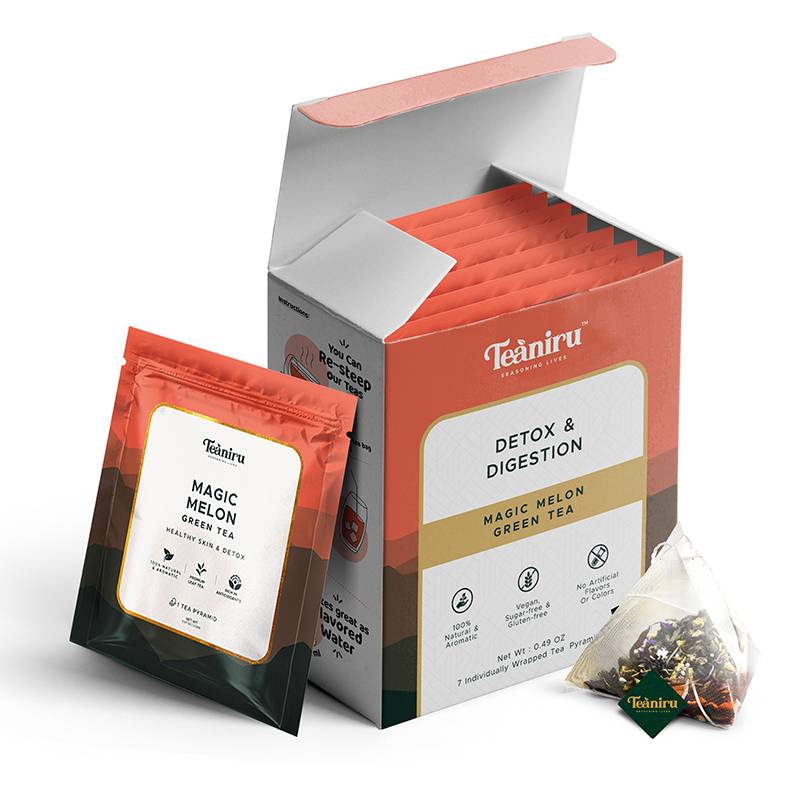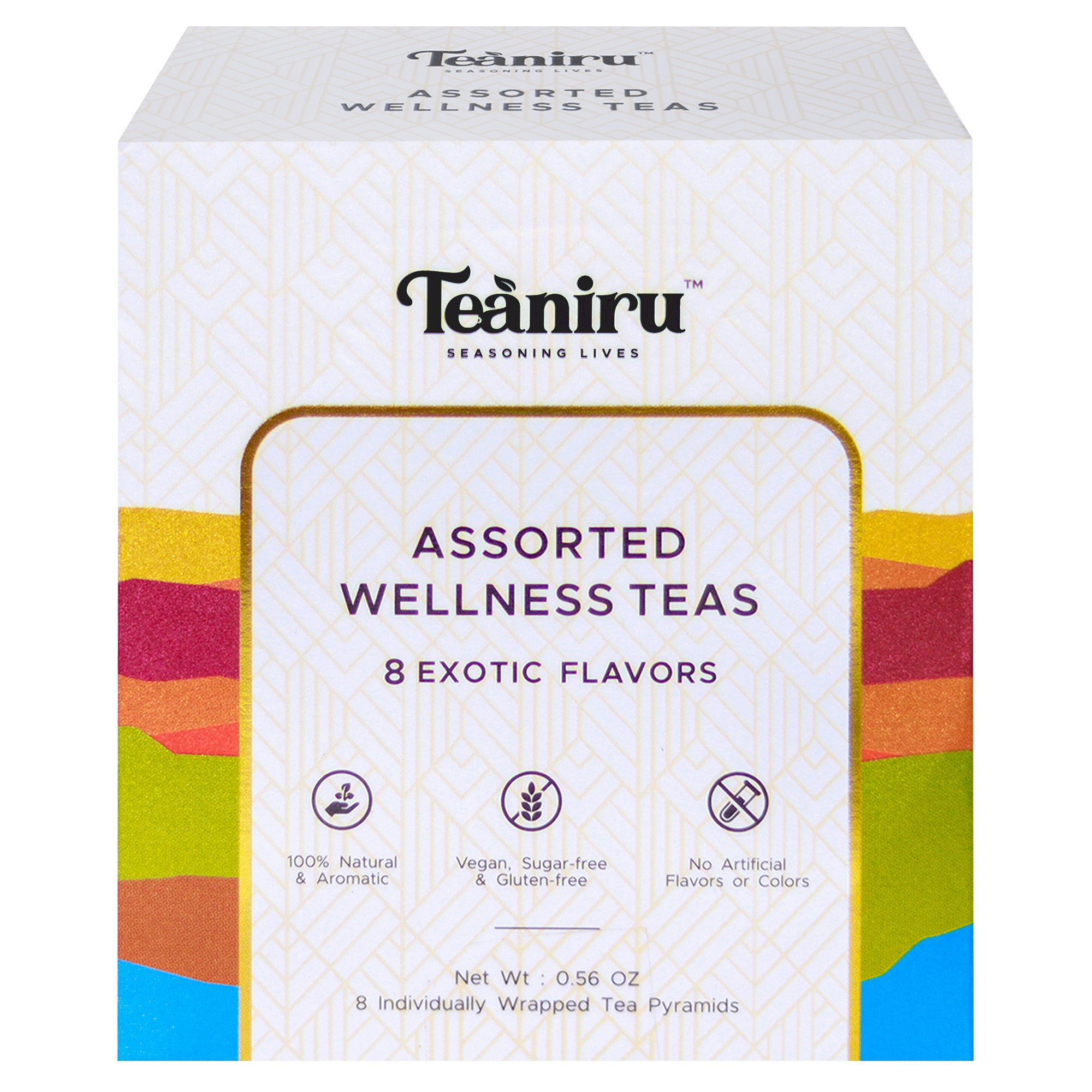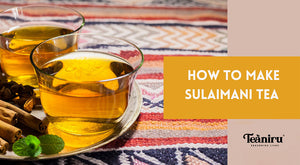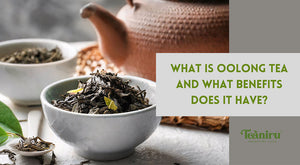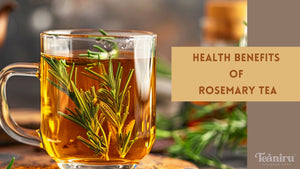From the tea fields of Japan to the mugs of tea enthusiasts worldwide, Matcha has made a significant journey has tea from Japan. But how did this tea in Japanese culture as a vibrant, health-packed superfood come to be? Let's steep ourselves in the history of Matcha tea.
The Cultivation and Production Process
Do you know how Matcha is made? It's actually a very meticulous process! About three weeks before the tea leaves are harvested, the plants are shaded from the sun. This helps to increase chlorophyll production, enhance the amino acid content, and give the leaves matcha vibrant green color.
Once the leaves are harvested, Matcha is steamed to stop fermentation and then air-dried. These dried leaves, now called tencha, are then ground into a fine powder, which is what we know as Matcha. So when you drink Matcha tea, you're actually consuming the entire tea leaf, not just the infused water like with regular green tea.
History of the powdered tea leaves
The origins of this Traditional Matcha can be traced back to China in the Tang Dynasty (618-907). During this time, tea leaves were steamed and formed into bricks that were used as a form of currency.
The steaming, drying, and grinding of tea leaves into a fine powder was developed during the Song Dynasty (960-1279) in China and was later refined in Japan
The Japanese monk Eisai, who studied in China, brought back tea seeds and knowledge of tea cultivation and preparation to Japan in the 12th century.
Eisai is credited with introducing powdered tea to Japan, which eventually evolved into traditional Matcha a tea from Japan.
Why do Japanese Buddhists need Matcha?
This Traditional Matcha was initially consumed by Buddhist monks in Japan as a way to stay alert during long periods of meditation. The monks began shading tea plants to enhance flavor and increase chlorophyll content, which resulted in a bright green color and a unique taste.
The use of traditional matcha tea in Japanese culture has spread beyond Buddhist monasteries and became popular among the samurai class, who appreciated its energizing and health-promoting properties.
The Ceremony of Matcha Tea
Matcha consumption spread throughout Japan and was eventually used in the tea in Japanese ceremony, or cha-no-yu, which developed in the 16th century. This tea in Japanese ceremony emphasized the preparation and serving of Matcha and became an important part of Japanese culture.
The popularity of Traditional matcha tea from Japan continued to grow, and it was used in various culinary applications, including sweets, noodles, and rice dishes all around the world.
Growing Culture of Matcha
The traditional tea culture in Japan declined after World War II, and Matcha production decreased. However, Matcha tea from Japan was rediscovered and revived in the 20th century, and its popularity has continued to grow worldwide.
Today, Matcha tea in Japanese tradition has transcended cultural boundaries, with its popularity surging around the globe. Matcha tea is now a mainstream phenomenon, from tea lattes in trendy cafes to Matcha-flavored desserts and dishes.
Additionally, with increasing awareness of health and wellness, more people are turning to Matcha for its numerous health benefits.
What is the highest quality grade of Matcha?
There are primarily two grades of Matcha: ceremonial and culinary. Ceremonial grade is the highest quality and is used traditionally in Japanese tea ceremonies. Matcha tea is made from the youngest tea leaves, with stems and veins entirely removed.
Culinary grade, on the other hand, Matcha tea is made from slightly mature leaves and can contain some stems and veins. It's still high-quality but less expensive than the ceremonial grade, making it perfect for cooking and baking.
How to Properly Store Matcha
Like other teas, Matcha should be stored away from light, heat, air, and moisture to maintain its quality. An airtight container in a cool, dark cupboard or refrigerator is ideal.
But remember, once opened, try to use your Matcha tea within a few weeks for optimum flavor and benefits.
The Bottom Lines
The journey of Matcha from a traditional Japanese ritual to a worldwide superfood trend is a testament to its unique appeal. With its rich history, cultural significance, and health benefits, Matcha isn't just a drink; it's an experience.
As you savor your next cup of Teaniru Matcha, remember the centuries-old tradition that made it possible. Here's to the past, present, and future of Matcha!
Read More About Teas


